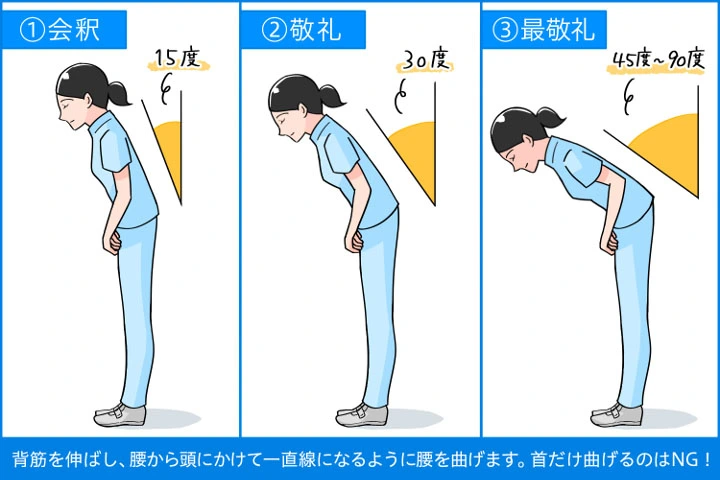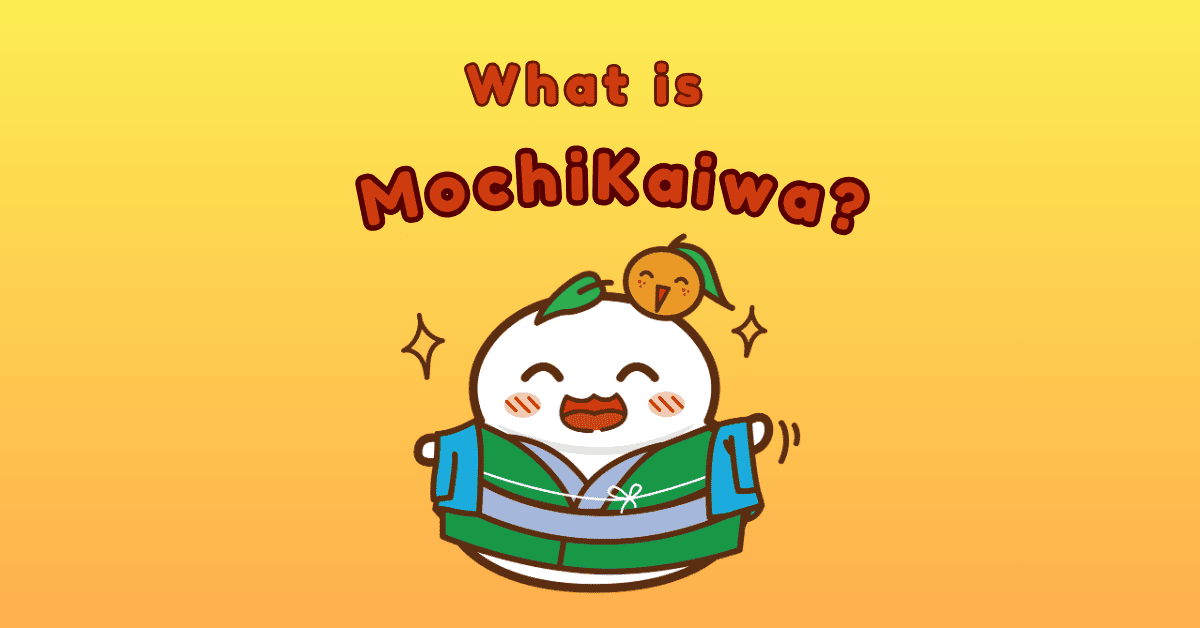Greeting someone properly is a fundamental aspect of Japanese culture. Knowing how to say “good afternoon” in Japan and other time-specific phrases not only shows respect but also enhances your communication skills. In this article, we will explore various greetings used in Japanese throughout different times of the day.
- Morning greetings
- Afternoon greetings
- Evening greetings
- Night and goodbye greetings
- Other common greetings
- Cultural tips for using greetings
- Conclusion
Explore communication courses:

1. Japanese morning greetings
おはよう (ohayou) – Good morning (Casual)
The informal “おはよう” (ohayou) is used among friends, family, and people of the same social level. It’s a casual way to say “good morning” and is typically used until around 10 AM.
Example sentence:
- おはよう! (Ohayou)
- Translation: Good morning!
おはようございます (ohayou gozaimasu) – Good morning (Formal)
“おはようございます” is the formal version of “おはよう.” It is used in professional settings, with elders, or in situations requiring politeness. This greeting is crucial in creating a positive first impression, particularly in a working environment.
Example Sentence:
- ビジネスミーティング: おはようございます、皆さん。今日の議題についてお話ししましょう。(Bijinesu Miitingu: Ohayou gozaimasu, minasan. Kyou no gidai ni tsuite o hanashi shimashou.)
- Translation: Good morning, everyone. Let’s discuss today’s agenda.
2. Japanese afternoon greetings
こんにちは (Konnichiwa) – Good afternoon
“こんにちは” means “Good afternoon” or “Hello” in Japan and is used throughout the afternoon. It can also serve as a general greeting any time of the day, generally from late morning (around 11 AM) until early evening (around 6 PM).
Example sentence:
- こんにちは、お元気ですか?(Konnichiwa, ogenki desu ka?)
- Translation: Good afternoon, how are you?

To learn how to say “good afternoon” in Japan, MochiKanji’s conversation course is the perfect solution. MochiKanji effectively enhances your Japanese speaking skills, including mastering phrases like “good afternoon in Japanese.” The program offers interactive lessons and real-life scenarios, helping you confidently communic
Try it for free now!
3. こんばんは (Konbanwa) – Good evening
“こんばんは” is used to greet someone in the evening, typically from around 6 PM until late at night. It is suitable for both formal and informal contexts, setting a polite tone for evening interactions.
Example sentence:
- 家族: こんばんは、夕食はどうだった?(Kazoku: Konbanwa, yuushoku wa dou datta?)
- Translation: Good evening, how was dinner?
4. Night and goodbye greetings
おやすみ (Oyasumi) – Good night (Casual)
“おやすみ” is a casual way to say “Good night” and is typically used among friends and family.
Use “おやすみ” when saying good night to someone you’re close to, usually before going to bed.
Example sentence:
- 友達: おやすみ、また明日ね。(Tomodachi: Oyasumi, mata ashita ne.)
- Translation: Good night, see you tomorrow.
おやすみなさい (Oyasuminasai) – Good night (Formal)
“おやすみなさい” is the formal version of “おやすみ” and is used in more polite or respectful contexts. It is preferred when addressing someone of higher status or in formal situations.
Example sentence:
- 先生、おやすみなさい。(Sensei, oyasuminasai.)
- Translation: Good night, teacher.
Using “Oyasumi” when leaving late
When leaving late at night, such as after work or a social event, you can use “おやすみなさい” if you’re not very close to the person.
- Example: 今日は一日お疲れ様でした、おやすみなさい。(Kyou wa ichinichi otsukaresama deshita, oyasuminasai.)
- Translation: Thanks for today’s work, goodnight.
5. Other common greetings
さようなら (Sayounara) – Goodbye
“さようなら” means “goodbye” and is used when parting ways, especially for longer separations. It is formal and used when you don’t expect to see the person again soon.
Example sentence:
- 仕事仲間: さようなら、また来週お会いしましょう。(Shigoto nakama: sayounara, mata raishuu oaimashou)
- Translation: Goodbye, let’s meet again next week.
じゃあね (Jaane) – See you later
“じゃあね” is a casual way to say “see you later” and is used among friends and in informal settings.
Example sentence:
- 友達: じゃあね、また明日!(Shigoto nakama: Tomodachi: Jaane, mata ashita!)
- Translation: See you later, see you tomorrow!
またね (Matane) – See You Again
“またね” means “see you again” and is another casual farewell, often used among friends.
Example Sentence:
- 友達: またね、楽しんでね!(Tomodachi: Mata ne, tanoshinde ne!)
- Translation: See you again!
どうも (Doumo) – Thanks / Hello
“どうも” is a versatile expression that can mean “thanks,” “hello,” or “hi,” depending on the context. It’s informal and used in casual settings.
Example sentence:
- 友達: どうも!久しぶりだね。(Tomodachi: Doumo! Hisashiburi da ne.)
- Translation: Hi! It’s been a while.
お元気ですか (Ogenki desu ka) – How Are You?
“お元気ですか” is a formal way to ask someone how they are. It is commonly used when reconnecting with someone you haven’t seen in a while.
Example sentence:
- 知人: お元気ですか?最近どうしていますか?(Chijin: Ogenki desu ka? Saikin dou shiteimasu ka?)
- Translation: How are you? How have you been recently?
ヤッホ – Ya-ho – Yoohoo
“ヤッホ” (Ya-ho) is a lively and informal greeting used among friends. It’s akin to saying “hi” or “yo” in English and is great for getting someone’s attention in a casual setting. This greeting is youthful and should be avoided with people of higher status or in formal contexts.
Example sentence:
- 友達: ヤッホ!久しぶりだね。(Tomodachi: Yahho! Hisashiburi da ne.)
- Translation: Yoohoo! Long time no see.
お久しぶりです (ohisashiburi) – Long Time No See
This greeting is used when meeting someone you haven’t seen in a while. It conveys that you’ve been missing the person and are glad to reconnect.
Example sentence:
- 友人: お久しぶりです!元気でしたか?(Yūjin: Ohisashiburi desu! Genki deshita ka?)
- Translation: Long time no see! How have you been?
6. Cultural tips for using greetings
In Japan, regardless of who you are or the circumstances, there are certain “supreme” rules for greetings that you must follow if you plan to travel, live, or work there.
Respect for authority
Similar to many other Asian countries, Japan has an unwritten rule where the “lower” must greet the “higher.” This hierarchy can be determined by age, rank, or status.
Adhering to protocol
The method of greeting also depends on the relationship and status of the individuals involved. Generally, there are three types of bows in Japan: Eshaku, Keirei, and Saikeirei.
- Eshaku (Light bow)
This is the most common form of greeting, typically used when meeting guests or superiors in a corridor or when interacting with peers. For an Eshaku bow, you simply lean forward about 15 degrees for one second with your arms at your sides. The Japanese often use this bow several times a day, with the first instance being more formal and subsequent instances being just a quick nod.
- Keirei (Standard bow)
In this bow, the Japanese bend about 30 degrees and hold the position for 2 to 3 seconds. This form is commonly used in workplace interactions, especially when greeting customers.
- Saikeirei (Deep bow)
This bow involves a slow, deep bend of 45 degrees, maintaining the position for 3 seconds or longer with the utmost respect. It is typically used in formal settings, such as when standing in front of a Shinto shrine, Buddhist temple, the national flag, or the Emperor.
Mastering communication skills in Japanese is essential. You can learn through resources like “Japanese for Busy People” or online platforms.

MochiKanji excels in self-study with interactive conversation practice featuring Mochi and Michi, guiding learners through real-life dialogues. The platform uses spaced repetition and five levels of memorization for long-term retention, covering everyday conversation, specialized vocabulary, and kanji, offering a comprehensive and engaging learning experience.
Conclusion
Getting familiar with Japanese greetings is an important part of learning the language and truly delving into its culture. Using appropriate greetings at different times of the day not only enhances your communication skills but also shows that you understand and respect Japanese customs. Whether you say “おはようございます” in the morning or “おやすみなさい” at night, these phrases will help you interact more naturally and build better connections with Japanese












